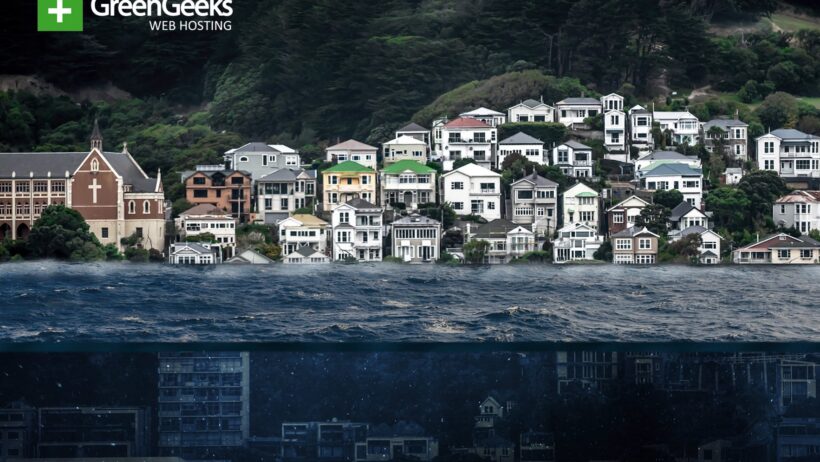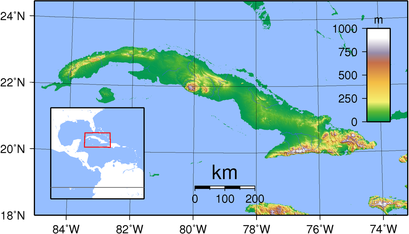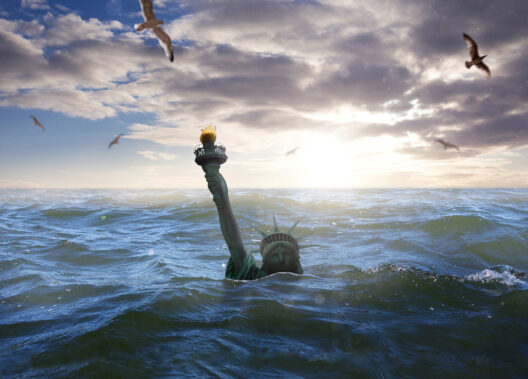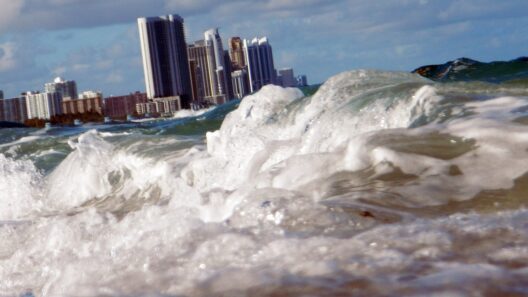As the relentless tide of climate change inexorably rises, coastal communities find themselves at the crossroads of adaptation and resilience. With oceans poised to advance upon shorelines once considered impervious, the call for preparedness has never been so urgent. This article delves into essential strategies for fortification against the looming threat of rising sea levels, which serve as both a clarion call and an opportunity for innovation in safeguarding our coastal habitats.
Picture a lighthouse that has withstood many storms, yet its beam of light flickers as the oceans encroach. Just as the lighthouse keeper tends to the flame, communities must be vigilant, proactive, and equipped to navigate the shifting landscapes of their environments.
Understanding and Monitoring Sea Level Rise
Before embarking on the journey towards preparation, it is imperative to understand the dynamics at play. The phenomenon of rising sea levels is fueled by several interwoven factors, such as thermal expansion caused by global warming and the melting of ice sheets. Coastal communities must invest in comprehensive research initiatives for accurate regional data, which can yield projections on how high the waters may rise and when.
Engaging with scientists and local universities to establish long-term monitoring programs can provide invaluable insights. Such collaborations can immerse stakeholders in forecasting models, enabling them to anticipate changes and implement adaptive strategies accordingly. Furthermore, identifying vulnerable zones through precise topographical surveys can assist in prioritizing areas requiring immediate attention.
Effective Communication: The Heartbeat of Community Preparedness
Critical to the success of any preparation strategy is communication. Coastal communities must establish an effective dialogue between local government, scientists, and the public. Creating outreach programs that emphasize the urgency of preparation encourages collective participation. Informative workshops, seminars, and campaigns tailored to diverse demographics can foster understanding and mobilize action.
Utilizing various forms of media—social, print, and public forums—can amplify messages about the risks and necessary actions against rising sea levels. Establishing neighborhood committees dedicated to environmental stewardship could further motivate collective responsibility and grassroots movements. Like a chain reaction, one informed individual can inspire many to embrace preventative measures.
Infrastructure Enhancement: Fortifying the Foundation
Just as a ship needs a sturdy hull to brave turbulent waters, coastal infrastructure must be fortified against the encroaching seas. This can involve various measures, from retrofitting existing structures to create flood-resistant designs to developing new constructions grounded on a solid understanding of hydrodynamics.
Elevating Structures
One of the most effective proactive strategies includes elevating new buildings above the projected flood levels. This modern sensibility calls for innovative architectural designs that not only comply with safety regulations but also harmoniously integrate with environmental aesthetics.
Many regions have begun implementing height regulations for construction along coastlines—ensuring that new homes, offices, and public buildings are built on stilts or elevated platforms. In parallel, creating ‘floating architecture’ designs that can adapt to rising waters presents a novel solution—transforming adaptations into artistic expressions.
Green Infrastructure: Nature as an Ally
In addition to human-made structures, leveraging nature offers another layer of defense. Coastal wetlands, mangroves, and dunes act as natural barriers that absorb storm surges and mitigate erosion. Investing in the restoration of these essential ecosystems not only protects communities but also enhances biodiversity and supports local economies through ecotourism.
Implementing urban green spaces—such as rain gardens and permeable surfaces—also facilitates better water management, allowing communities to make significant strides in sustainability. In doing so, cities blend functionality with the ecological tapestry that adorns their coastlines.
Emergency Preparedness: The Lifeline of Coastal Communities
No strategy is complete without a robust emergency preparedness plan. Even the most fortified coastal community may encounter storms or floods that test its resilience. Establishing comprehensive action plans and emergency protocols ensures that when the tide rises, communities remain steadfast.
Evacuation Routes and Shelters
Identifying clear evacuation routes and establishing designated shelters are paramount. Community drills and training sessions can instill readiness among residents, allowing them to act decisively under duress. In these critical moments, preparedness becomes a lifeline, preserving lives and property.
Resource Allocation and Sustainability
Furthermore, integrating sustainability into emergency preparedness plans can serve long-term goals. Allocating resources for renewable energy and resource-efficient technologies enhances not just response efforts but also builds a sustainable future. Emergency supplies—food, water, and medical aid—should be stocked with an eye toward environmental impact, prioritizing local over imported goods whenever possible.
Conclusion: Navigating the Waves of Change
Conclusively, as sea levels rise like an impending tide, coastal communities must remain vigilant and embark on a multifaceted approach to preparation. Through understanding, effective communication, infrastructure enhancement, and emergency preparedness, these communities can transform challenges into opportunities for innovation and resilience.
Navigating the waves of change may be daunting, but through unity and proactive measures, the light of the lighthouse can continue to shine brightly, guiding future generations toward safer shores.








